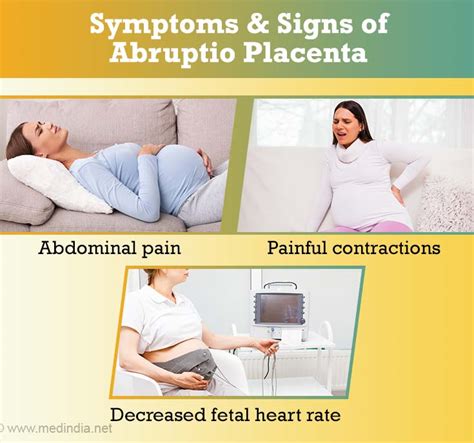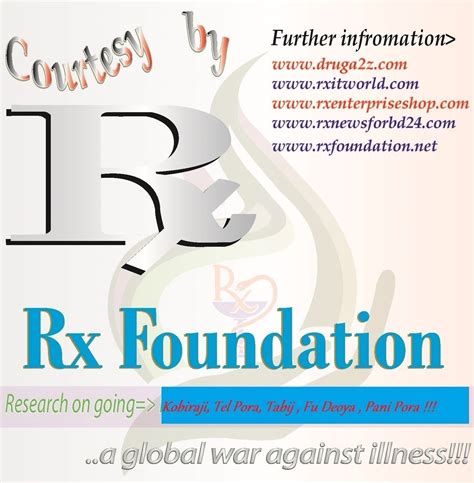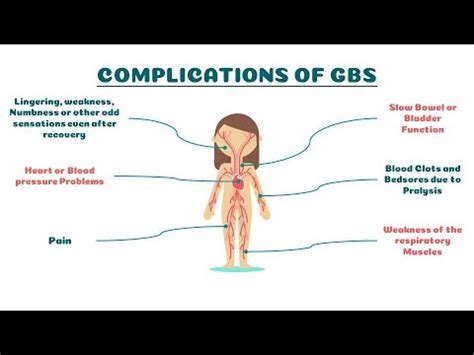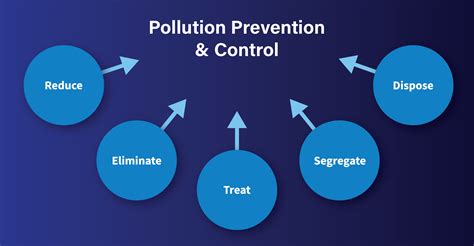Intro
Learn Abruptio Placentae signs and symptoms, including placental abruption causes, diagnosis, and treatment options for this pregnancy complication, characterized by vaginal bleeding and abdominal pain.
Abruptio placentae, also known as placental abruption, is a serious pregnancy complication that occurs when the placenta partially or completely separates from the uterus. This condition can deprive the baby of oxygen and nutrients and cause severe bleeding that can be life-threatening to both the mother and the baby. It is essential to recognize the signs and symptoms of abruptio placentae to ensure prompt medical attention.
The importance of identifying abruptio placentae cannot be overstated. According to the American College of Obstetricians and Gynecologists (ACOG), abruptio placentae affects about 1 in 100 pregnancies and is a leading cause of maternal and fetal morbidity and mortality. The condition can occur at any stage of pregnancy, but it is more common in the third trimester. Risk factors for abruptio placentae include a history of abdominal trauma, high blood pressure, and substance abuse.
Abruptio placentae can be classified into different grades, ranging from mild to severe. The severity of the condition depends on the extent of placental separation and the resulting maternal and fetal distress. Mild cases may not exhibit noticeable symptoms, while severe cases can be life-threatening. It is crucial to seek medical attention immediately if any symptoms of abruptio placentae are experienced.
Abruptio Placentae Signs and Symptoms

Other symptoms of abruptio placentae include:
- Uterine tenderness
- Uterine rigidity
- Fetal distress
- Maternal hypotension
- Maternal tachycardia
Causes and Risk Factors

Diagnosis and Treatment

Treatment for abruptio placentae depends on the severity of the condition and the gestational age of the baby. Mild cases may be managed expectantly, with close monitoring of the mother and baby. More severe cases may require immediate delivery, either vaginally or by cesarean section. In some cases, blood transfusions may be necessary to treat maternal bleeding.
Complications and Prognosis

The prognosis for abruptio placentae depends on the severity of the condition and the promptness of medical attention. With timely treatment, most mothers and babies can recover fully. However, in severe cases, the condition can be life-threatening.
Prevention and Management

In cases where abruptio placentae is diagnosed, management may involve:
- Bed rest
- Close monitoring of the mother and baby
- Corticosteroids to promote fetal lung maturity
- Preparation for potential delivery
Support and Resources

Resources for abruptio placentae include:
- American College of Obstetricians and Gynecologists (ACOG)
- March of Dimes
- National Institute of Child Health and Human Development (NICHD)
- Pregnancy and childbirth online forums
Conclusion and Next Steps

We invite you to share your thoughts and experiences with abruptio placentae in the comments below. If you have any questions or concerns, please do not hesitate to reach out to your healthcare provider. By working together, we can raise awareness and promote better outcomes for mothers and babies affected by this condition.
What are the symptoms of abruptio placentae?
+The symptoms of abruptio placentae include vaginal bleeding, abdominal pain, and back pain. The bleeding can be heavy or light, and it may be accompanied by clots. In some cases, the bleeding may be concealed, meaning that it is retained within the uterus.
What are the risk factors for abruptio placentae?
+The risk factors for abruptio placentae include previous history of abruptio placentae, high blood pressure, preeclampsia, abdominal trauma, substance abuse, multiple pregnancy, placenta previa, and uterine anomalies.
How is abruptio placentae diagnosed?
+Diagnosing abruptio placentae can be challenging, as the symptoms can be similar to those of other pregnancy complications. A healthcare provider may perform a physical examination, take a medical history, and order diagnostic tests such as ultrasound, non-stress test, biophysical profile, and maternal and fetal monitoring.
What is the treatment for abruptio placentae?
+Treatment for abruptio placentae depends on the severity of the condition and the gestational age of the baby. Mild cases may be managed expectantly, with close monitoring of the mother and baby. More severe cases may require immediate delivery, either vaginally or by cesarean section. In some cases, blood transfusions may be necessary to treat maternal bleeding.
What are the complications of abruptio placentae?
+Abruptio placentae can lead to several complications, including maternal hemorrhage, maternal shock, fetal distress, premature birth, low birth weight, and neonatal intensive care unit (NICU) admission.
